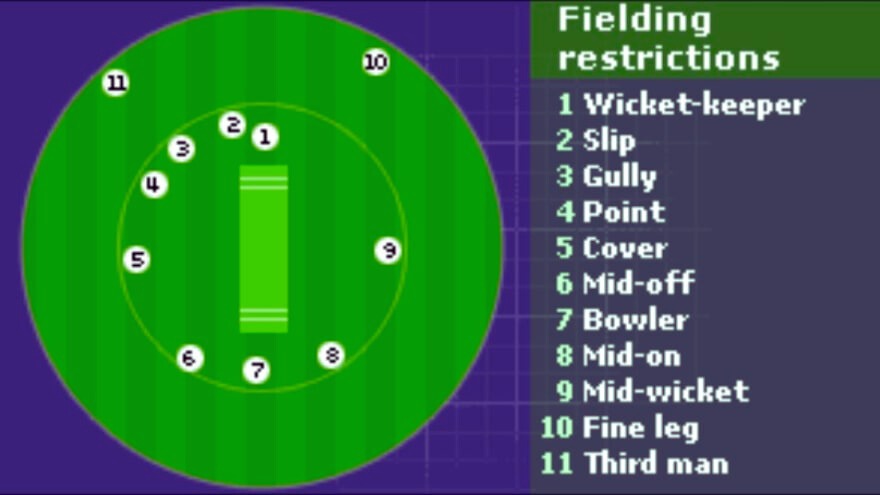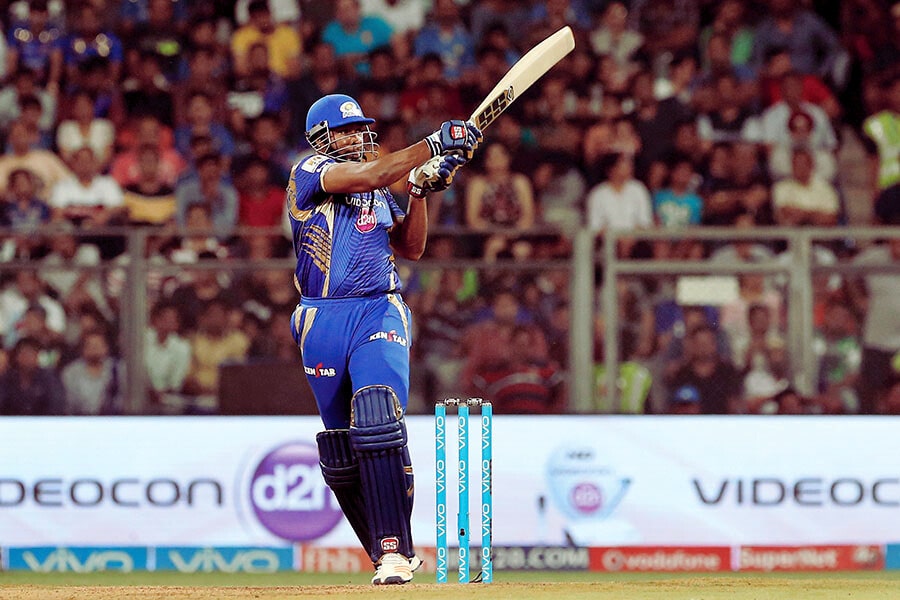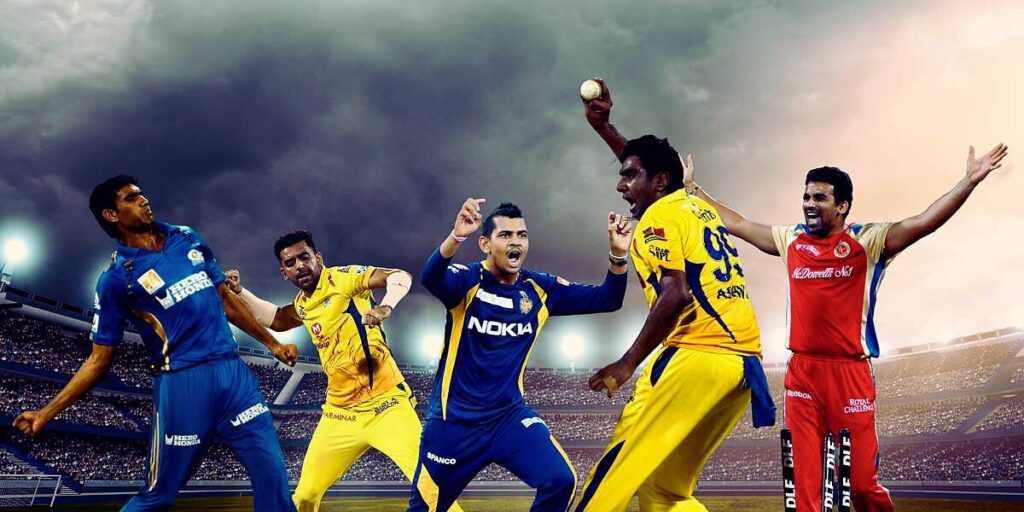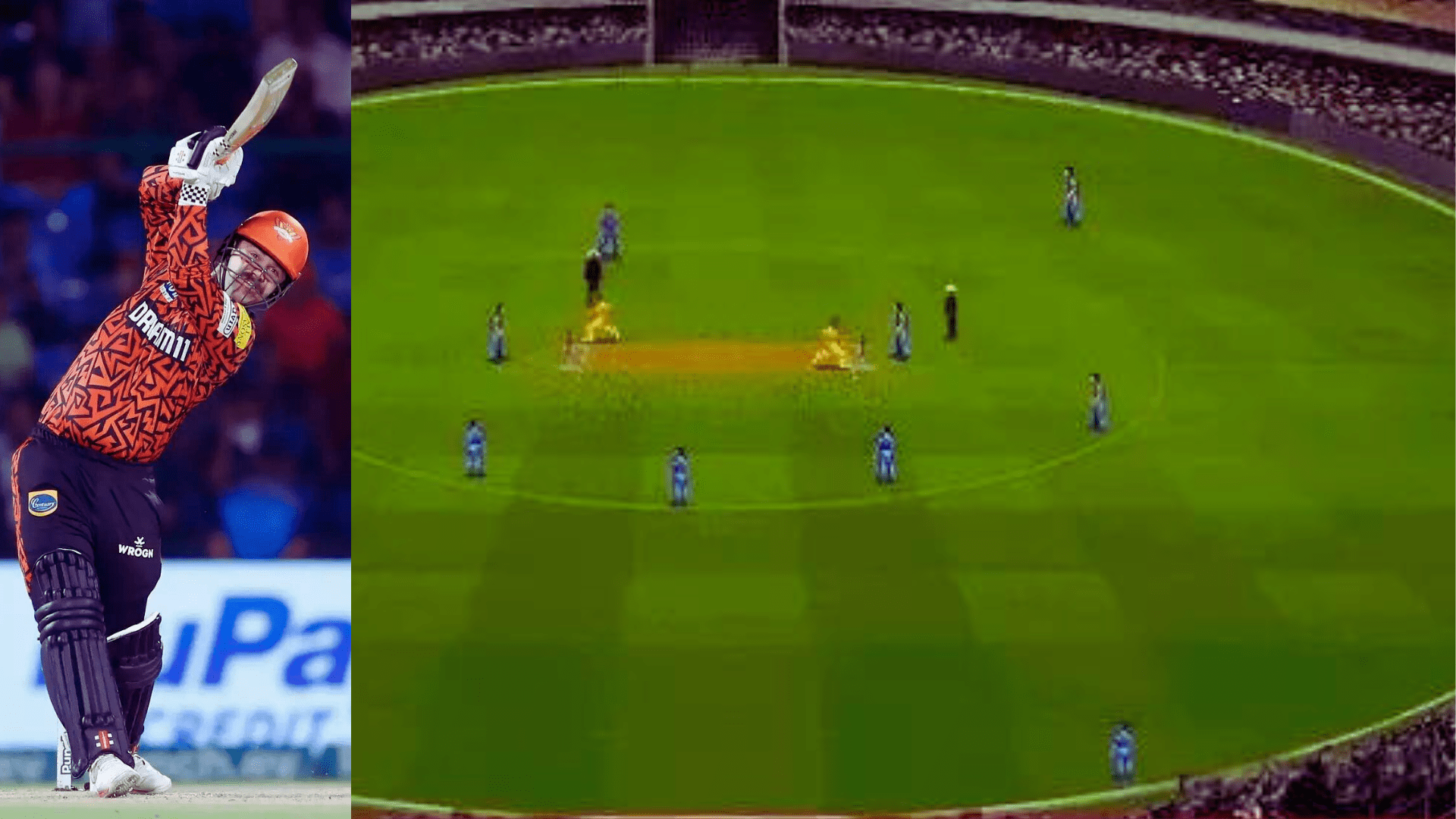Introduction to IPL and Power Play
In cricket, specifically in the Indian Premier League (IPL), a Power Play refers to a set of rules applied during the initial overs of an innings to boost scoring opportunities for the batting team. During the first six overs of each innings in the IPL, known as the Power Play overs, only two fielders are allowed outside the 30-yard circle. This restriction is designed to reduce the number of fielders on the boundary, thereby increasing the batting team’s chances of scoring runs through more open field space. The concept is common across T20 formats but is particularly significant in the IPL due to its high-scoring nature and competitive environment.
Defining Power Play
The term “power play” can refer to strategies in various contexts including sports, politics, and business. In sports, particularly in team games like ice hockey and lacrosse, a power play occurs when one team has more players on the field or rink than the opposing team, usually because of a penalty against the latter. This gives the team with more players a numerical advantage, significantly increasing their chances of scoring.
In broader terms, outside of sports, a power play involves tactics aimed at using one’s position or capabilities to gain influence or control over others. This could be seen in political maneuvers, business negotiations, or any scenario where power dynamics are at play.
The Rules of Power Play in IPL
Duration of Power Play

In the Indian Premier League (IPL), the duration of the Power Play is the first six overs of each innings. During this period, only two fielders are allowed outside the 30-yard circle. This fielding restriction is designed to aid batsmen in scoring more freely by reducing the number of fielders on the boundary, thus increasing the potential for boundaries and big hits early in the game.
Fielding Restrictions During Power Play
During these Power Play overs, only two fielders are allowed outside the 30-yard circle. This restriction is designed to facilitate higher scoring by reducing the number of fielders on the boundary, which can increase the chances of batsmen hitting boundaries and scoring quickly. After the Power Play ends, the fielding restrictions are relaxed, allowing up to five fielders outside the 30-yard circle for the remainder of the innings.
Strategies During Power Play
Batting Strategies
Aggression vs. Caution

In limited-overs cricket, particularly during the Power Play, teams often balance strategies between aggression and caution. The primary goal during the Power Play is to exploit fewer fielders outside the inner circle by adopting a more aggressive batting approach. This is aimed at maximizing scoring opportunities and setting a strong foundation for the innings. Aggressive batting during this phase can significantly enhance the team’s run rate, which is critical in setting or chasing big totals.
However, this aggressive approach is tempered with a degree of caution to avoid losing too many wickets early. Teams often adopt a middle-ground strategy, aiming to maintain a healthy run rate while minimizing risks that could lead to early dismissals. This balanced approach helps in sustaining momentum throughout the innings, especially after the restrictions of the Power Play are lifted.
Key Players in Power Play
In the IPL, key players known for their impact during the Power Play include Virat Kohli, Rohit Sharma, AB de Villiers, David Warner, and Chris Gayle. These players employ distinct batting techniques and strategies tailored to the demands of the Power Play. Their approaches range from Virat Kohli’s elegant stroke play to Chris Gayle’s powerful hitting, each tailored to maximize scoring while adapting to early-game pressures and field restrictions.
For instance, Travis Head of SRH emphasizes a strategy of aggression in the Power Play, aiming to exploit the field restrictions effectively and gain a high scoring rate from the outset. This aggressive approach, as demonstrated by Head’s rapid scoring, highlights the typical intent during these overs — to build a substantial platform for the innings while the fielding restrictions are in place.
Bowling Strategies
Choice of Bowlers

The choice of bowlers during the Power Play overs in IPL matches involves strategic decisions focused on utilizing bowlers who can master variations and effectively manage the pressures of limited field protection. Bowlers are selected based on their ability to analyze opposition batsmen and adapt their deliveries accordingly. Effective Power Play bowlers are typically those who excel in reading the game situation and executing their plans under pressure, which might involve outthinking batsmen with deceptive deliveries or maintaining strict line and length to contain runs.
Additionally, assessing the effectiveness of bowlers in the Power Play is crucial, as these overs are significant for setting the tone of the innings. Bowlers who can minimize scoring and capture key wickets during this phase are highly valued, given the restriction of only two fielders outside the 30-yard circle.
Bowling Techniques in Power Play
Effective bowling techniques during Power Play overs in cricket require bowlers to utilize specific skills to maximize their impact. Key techniques include:
- Swinging the Ball: Bowlers who can swing the ball effectively are highly valuable during the Power Play. The swing can deceive batsmen and lead to early breakthroughs.
- Bowling Yorkers: Delivering accurate yorkers can limit scoring opportunities and increase the chances of taking wickets as batsmen find it difficult to play aggressive shots against these deliveries.
- Adapting to Pitch and Weather Conditions: Monitoring and adapting to the pitch and weather conditions can influence bowling choices, such as speed, length, and the type of deliveries used during the Power Play.
These techniques, when executed well, help bowlers to minimize runs and capture crucial wickets during the restrictive field settings of the Power Play.
Impact of Power Play on Game Outcomes
Statistical Insights
Statistical analysis indicates a significant impact of Power playovers on the outcomes of cricket matches. Key insights include:
- Match Outcomes: Effective utilization of Power playovers correlates strongly with higher team scores and often predicts the eventual winners of matches. Teams that perform well in these overs typically score higher totals, enhancing their chances of victory.
- Predictive Studies: Studies have shown that the performance during Power playovers can predict the outcome of matches with a considerable degree of accuracy. For instance, out of 220 analyzed Twenty20 matches, predictions based on Power Play performance correctly forecasted the outcome in 153 cases.
- T20 and ODI Impact: Research underscores the crucial role of Power Play overs in both One-Day Internationals (ODIs) and Twenty20 formats, suggesting strategic importance in managing these overs effectively to secure an advantageous position early in the game.
These findings emphasize the strategic importance of Power playovers in influencing match dynamics and outcomes.
Memorable Power Play Performances
The Indian Premier League (IPL) has witnessed some phenomenal performances during the Power Play overs. Here are some of the top performances:
- Sunrisers Hyderabad vs Delhi Capitals (2024): SRH set the highest Power Play score in IPL history, scoring 125/0.
- Kolkata Knight Riders vs Royal Challengers Bangalore (2017): KKR scored 105/0, a record-breaking performance with Sunil Narine and Chris Lynn opening the innings.
- Chennai Super Kings vs Punjab Kings: CSK scored 100/2 in 2014, showcasing their aggressive approach right from the start.
These records highlight the strategic importance of maximizing the initial overs of a match and setting a strong foundation for a high total.
Teams and Players Known for Power Play
Top Teams in IPL Power Play
In the IPL 2024, specific teams and players have stood out for their performances in the Power Play overs:
- Sunrisers Hyderabad (SRH): As a team, SRH has shown consistent scoring in the Power Play overs, with Abhishek Sharma being one of their key players during this phase of the game.
- Delhi Capitals (DC): DC is another top performer in the Power Play, thanks in part to the aggressive batting style of players like Rishabh Pant.
- Mumbai Indians: Noted for a strong start in the Power Play, Mumbai Indians have also contributed significantly to their matches’ early overs.
These teams have utilized the Power playovers as a strategic advantage to set up a strong foundation for high scores in their matches.
Notable Power Play Performers
Several notable power play performers have left their mark in the IPL 2024:
- Sunrisers Hyderabad (SRH): SRH recorded the highest PowerPlay score in T20 cricket history, scoring 125/0 against Delhi Capitals, with Travis Head being a significant contributor to this remarkable achievement.
- Kolkata Knight Riders (KKR): KKR displayed an impressive PowerPlay strike rate of 11.33 in IPL 2024, with players like Sunil Narine and Phil Salt leading the charge.
- Punjab Kings (PBKS): PBKS featured top performers like Shubman Gill and Sam Curran, who showcased their skills during the PowerPlay overs in IPL 2024.
These players and teams have demonstrated exceptional prowess in capitalizing on the PowerPlay overs, contributing significantly to their respective team’s success.
Conclusion
In IPL, Power Play is not just the first six overs; it’s a battleground where games are often won and lost. Understanding its dynamics helps fans appreciate the strategic depths of IPL cricket even more. Whether you’re a seasoned viewer or new to the sport, recognizing the importance of Power Play can significantly enhance your viewing experience.
Read also: How Many Challenges in NBA? A Deep into the Rules and Impact




